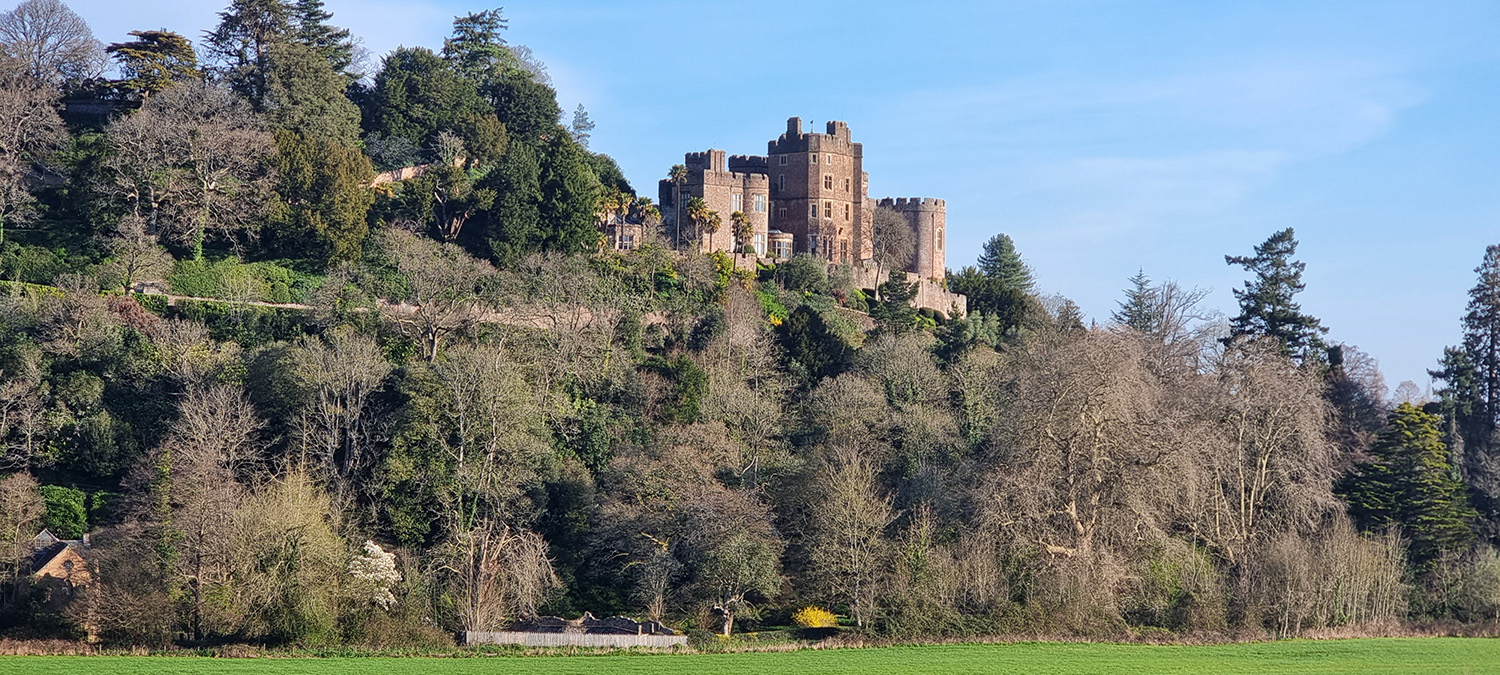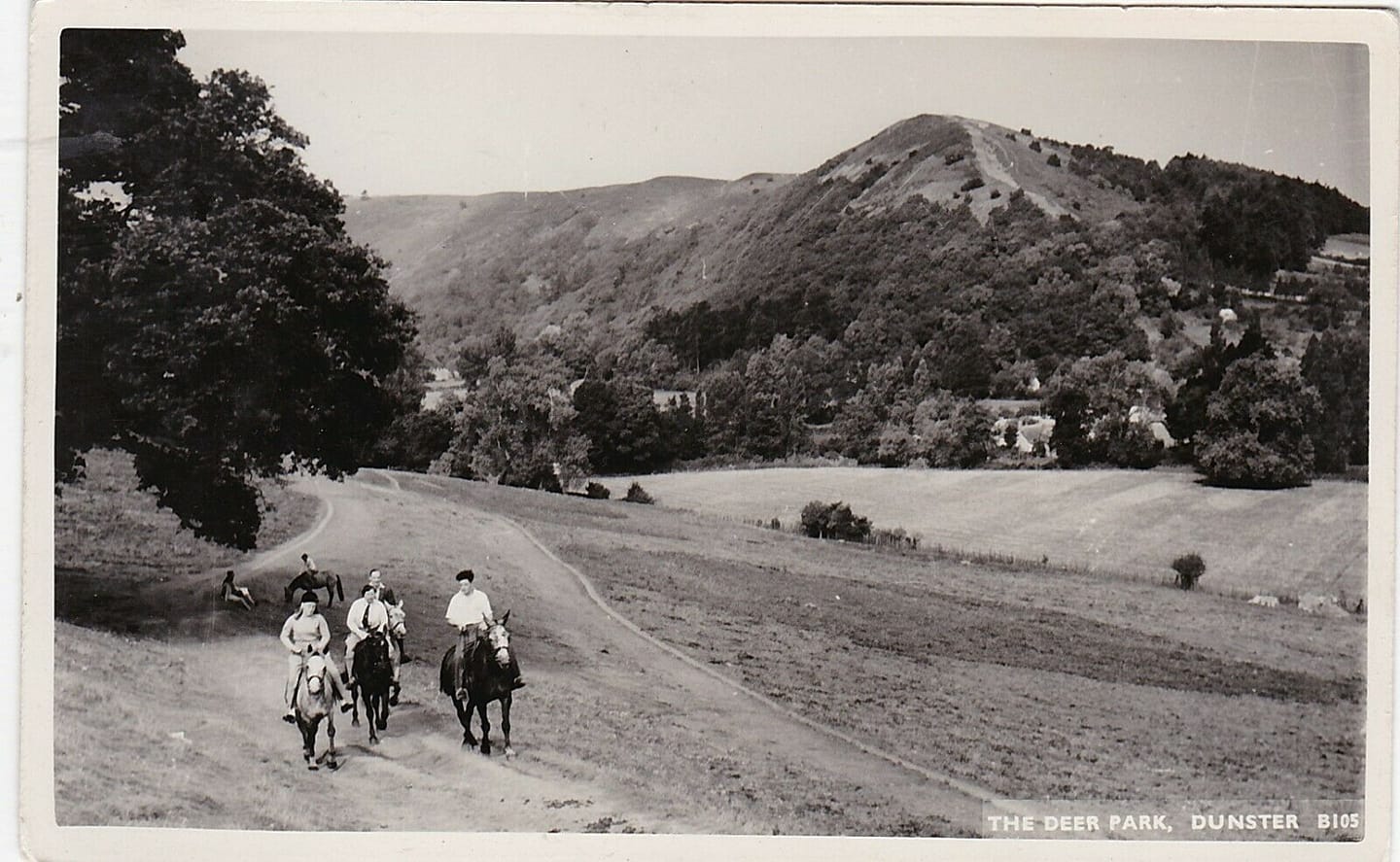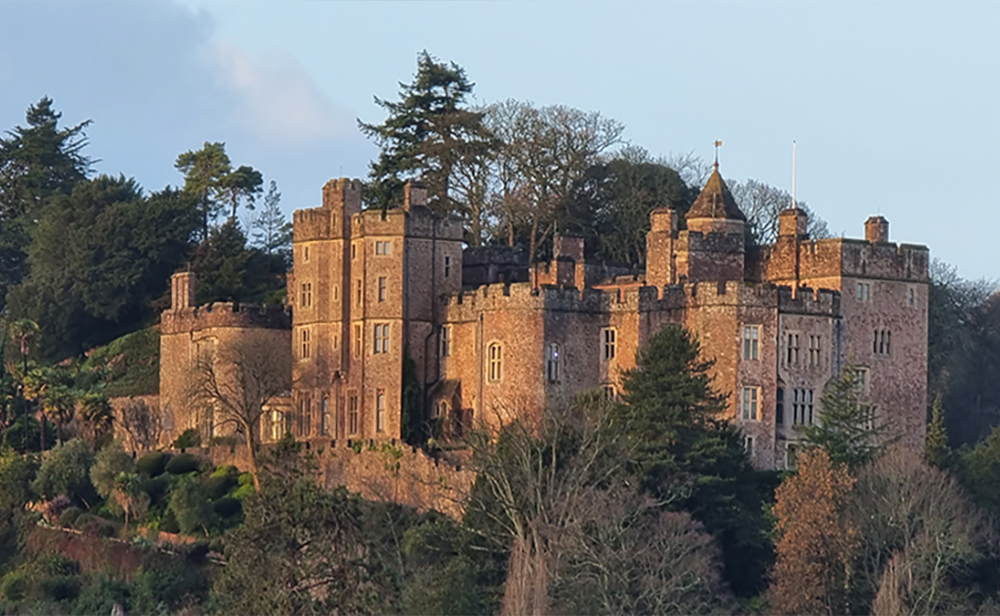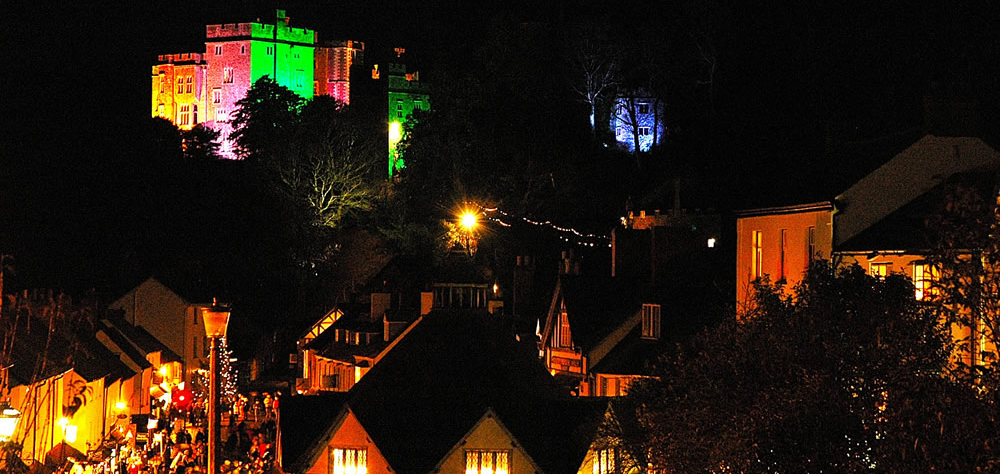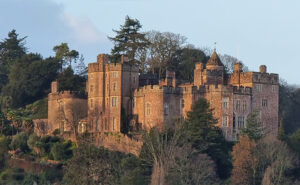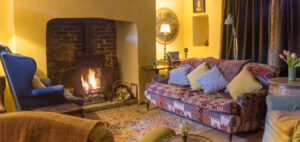Dunster is a medieval village located in Somerset, within the northeastern fringes of Exmoor National Park, England.
Dunster was founded as a Saxon village, the name Dunster derives from an earlier name Torre (rocky hill) which was recorded in the Domesday Book written twenty years after the Norman conquest.
The focus of this beautiful village is the engrossing castle that dominates all other sites around it. The castle was initially created as a Norman Fortress built by William de Mohun, but later, this castle was passed to The Luttrell family. It was later transformed into a Victorian country house by The Luttrell family.
Later, this village started to grow and turned into a small town. Its market began to grow, and its trade business grew more and more with time. Dunster seems to be a small village, but it is enough for a limited population, people living there are only in the hundreds.
The inhabitants of that place were very simple people who earn their bread by spinning and weaving wool. Further, there are many fulling mills there. The people of Dunster were famous for making thick wool called Dunster.
In the early 17th century, this wool work expanded to a Yarn Market, but in the 18th century, the wool trade of Dunster declined as the business shifted to other parts of the Country. Still, it remained a busy town, and even at that time, there were butchers, blacksmiths, saddlers, tailors, carpenters, etc.
Dunster railway station is located near the beach and this was opened in 1874. However, it was closed in 1971 that was reopened in 1976. This is run by West Somerset Railway.
Today, Dunster village is a trendy and ideal place for tourists to visit. There’s a Yarn Market, Tithe Barn, a wealth of listed buildings and of course a captivating castle. Dunster Castle, was constructed in the 12th century, altered in the 17th century, and later rebuilt in 19th century by an architect Anthony Salvin. In 1976, the castle was handed over to The National Trust to mange.
The beauty of Dunster is maintained because of it’s low population. In 1801, its population was about 772, while today it is about 860, this shows its population has only increased by a few hundred within 200 years that has preserved its charm.
It is always a pleasure to explore North Devon and Exmoor. From Dunster village, there lies a beautiful walking path going towards the Exmoor hills, that people surely enjoy walking on! There’s an alluring Gallox Bridge that has been in use for 500 years and still an apple of the eye of the tourists.


